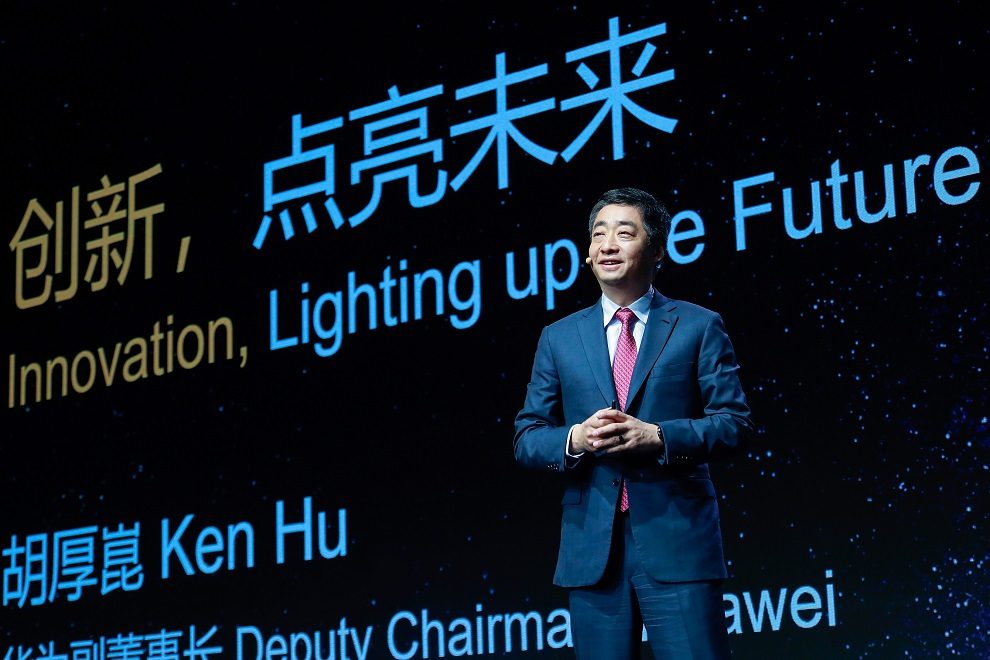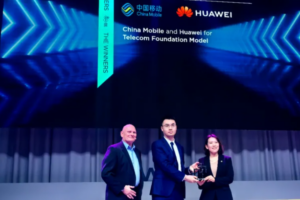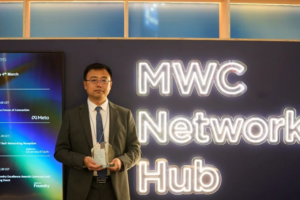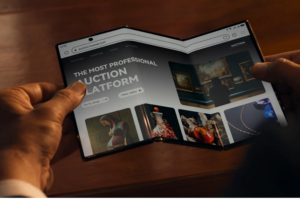Breakthroughs in technical innovation promise to make life better, businesses smarter, and the world more inclusive
At the opening ceremony of Mobile World Congress Shanghai 2021, Huawei’s Deputy Chairman Ken Hu spoke about the huge impact that COVID-19 has had on countries, enterprises, and people around the world, as well as the role technology plays in combatting the pandemic.
“Innovation isn’t just about solving the challenges we face today,” said Hu. “It’s about lighting up tomorrow. Once we get the pandemic under control, we need to think hard about how we can innovate to improve quality of life, make businesses smarter, and create a more inclusive world.” He explained that, while unequal access to digital technology and digital skills has widened the digital divide, the pandemic has made the situation significantly worse. “We have to focus innovation on bridging the gap between the haves and have-nots, and on driving digital inclusion”.
COVID-19 has created many new requirements for digital infrastructure. Over the past year, Huawei has worked closely with carriers to ensure the stable operations of more than 300 networks across 170 countries. In Indonesia, Huawei employed a new digital delivery technology to rapidly deploy over 50,000 base stations. In Ningxia, China, Huawei’s integrated routers enable multi-cloud access for enterprise users, helping them move to cloud more rapidly – and at lower cost. “As we look towards recovery,” Hu said, “we need to ensure that innovation isn’t just about today. It’s about lighting up tomorrow and creating greater social value.”
Innovating for better quality of life
During his keynote, Hu showed the audience Huawei’s Cyberverse app, an advanced AR application that demonstrates how 5G networks, 5G devices, and AR technology can converge to create a more immersive virtual experience, whether it be a lifelike forest or a simulation in outer space. The new app makes it possible to seamlessly integrate virtual and physical realities with high-precision, centimeter-level positioning capabilities, massive computing power, and high-bandwidth transmission through 5G. Huawei expects Cyberverse to create many new growth opportunities in multiple sectors, including education, entertainment, tourism, transportation, and navigation.
Innovating for smarter business
In recent years, technologies like 5G, cloud, and AI have begun playing an important role in manufacturing, accelerating the transition to more intelligent and flexible operations. Hu explained how Huawei’s own Dongguan South Factory is currently using 5G networks with cloud-based AI applications in its 5G smartphone production lines to drive huge productivity gains.
Opportunities abound in the digital transformation space. Huawei predicts that, by 2025, 97% of all large companies will use AI. Other estimates for 2025 include that 55% of China’s entire GDP will be driven by the digital economy, and 60% of global carrier revenue will be derived from industry customers. Hu noted that, to achieve these projections, “all industries should focus on improving their capabilities, building out the ecosystem, and creating value with digital technology.”
As an ICT infrastructure provider, Huawei has been focusing heavily on 5G innovation to help drive the digital transformation of all industries. Hu noted that Huawei’s innovation is focused on three areas: technology, products, and applications.
- Technology: Huawei’s new 5G Super Uplink solution delivers unmatched uplink speeds, helping companies break through a major bottleneck in industrial Internet.
- Products: Huawei’s fully converged 5G edge computing products have sped up deployment of edge computing sites by a factor of 10.
- Applications: Huawei’s Wireless X Labs incubates 5G applications with partners across a wide range of domains like manufacturing, healthcare, finance, and transportation. With these partners, Huawei is exploring how 5G can help different industries go digital more effectively.
Huawei is also working closely with customers and partners to drive innovation in 5G. The company is currently working with ecosystem partners to develop devices targeted at meeting specific industry needs. Through joint innovation and strategic partnerships with its customers, Huawei aims to drive 1 to N expansion of 5G applications for business. The company is also working to coordinate 5G communication and industry standards to more rapidly scale up 5GtoB applications.
Hu reported that, in collaboration with its partners and regional carriers, Huawei has signed more than 1,000 contracts for industrial 5G applications in more than 20 industries.
Innovating for a more inclusive world
While pivoting to address the pandemic, Hu warned that the world faces a real risk of K-shaped economic recovery once COVID-19 is brought under control. He predicts an increasingly wide divide between organizations and people who actively benefit from digital technology and those who do not. In order to avoid unbalanced development, bridge the digital divide, and promote inclusive growth, Hu emphasized that the focus of innovation needs to shift to producing greater social value.
The company has put its money where its mouth is. Through a partnership with Ghanaian operators on a rural network infrastructure project, Huawei currently plans to deploy more than 2,000 RuralStar base stations in remote regions around the country. This will help increase mobile coverage in Ghana from 83% to 95% and bring previously unconnected communities online for the first time.
Similarly, new AI services deployed on HUAWEI CLOUD are being used to help a small company in Malaysia double its production capacity without increasing headcount during the pandemic.
Hu also shared how 5G networks have been used to enable remote ultrasounds and CT scans that help address imbalanced distribution and shortages of medical resources.
Closing out his speech, Hu stressed that, while the pandemic closed many doors, innovation has opened new windows of hope. He concluded that, through ongoing innovation, Huawei will continue to pursue open partnerships with its customers and partners to help industries go digital and make life better, businesses smarter, and the world more inclusive.
At this year’s MWC Shanghai, Huawei is showcasing in Hall N1 seven new ICT network concepts, including Wireless 1+N, Home+, All-optical Bases, and Cloud-network Smart Connections, as well as nine new products and solutions, including ultra-simplified sites, gigabit home broadband, premium private lines, and intelligent cloud networks.
MWC Shanghai 2021 runs from February 23 to February 25 in Shanghai, China. Huawei’s products and solutions can be found at booth E10, E50, and E90 in Hall N1 in the Shanghai New International Expo Centre (SNIEC). For more information, please visit https://carrier.huawei.com/en/events/mwcs2021.












